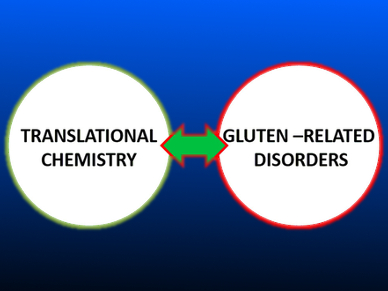Gluten is a complex mixture of proteins present in wheat, barley, rye, and some varieties of oats. Humans do not entirely degrade gluten proteins. Consequently, large gluten fragments are absorbed, circulating in the body and excreted in urine. Some individuals sense the gluten fragments, alerting the immune system and, thereby, starting an inflammatory response, which leads to autoimmunity in the case of celiac disease (CD). More recently, a second condition, named non-celiac gluten sensitivity (NCGS), affecting around 7 % of the population worldwide, has been described. Both CD and NCGS can be connected with other diseases or symptoms ranging from diarrhea to infertility, and even colon cancer.
Increasingly, people opt for a gluten-free diet, as a style of life. Some Hollywood stars and elite athletes avoid gluten in their diet, because they consider that it diminishes their performance. By now, it is difficult to say if gluten-free is only a trend or if it is a new “healthy” habit.
Veronica I. Dodero, Bielefeld University, Germany, and colleagues present an overview of gluten-related disorders, from the clinical perspective to the current molecular and supramolecular understanding. One cause of this complex autoimmune disease seems to be the protein gliadin, present in high amounts in gluten. However, crucial knowledge is still lacking about the early interaction of gladin with the gut epithelium. The 33-mer gliadin fragment seems to be the immunodominant peptide in CD and its accumulation and conformational transition might connect common food intolerance with conformational and amyloid diseases. Therefore, current research efforts are directed towards understanding the role of 33-mer aggregates in the context of the gut immune response. Modulation/inhibition of the oligomerization of 33-mer may open new perspectives for the treatment of gluten-related diseases beyond the gluten-free-diet.
In their review article, the researchers show how the translation of chemical findings into biomedical research may help to solve the gluten consumption dilemma.
- Translational Chemistry Meets Gluten-Related Disorders,
Karen M. Lammers, Maria G. Herrera, Veronica I. Dodero,
ChemistryOpen 2018.
https://doi.org/10.1002/open.201700197



